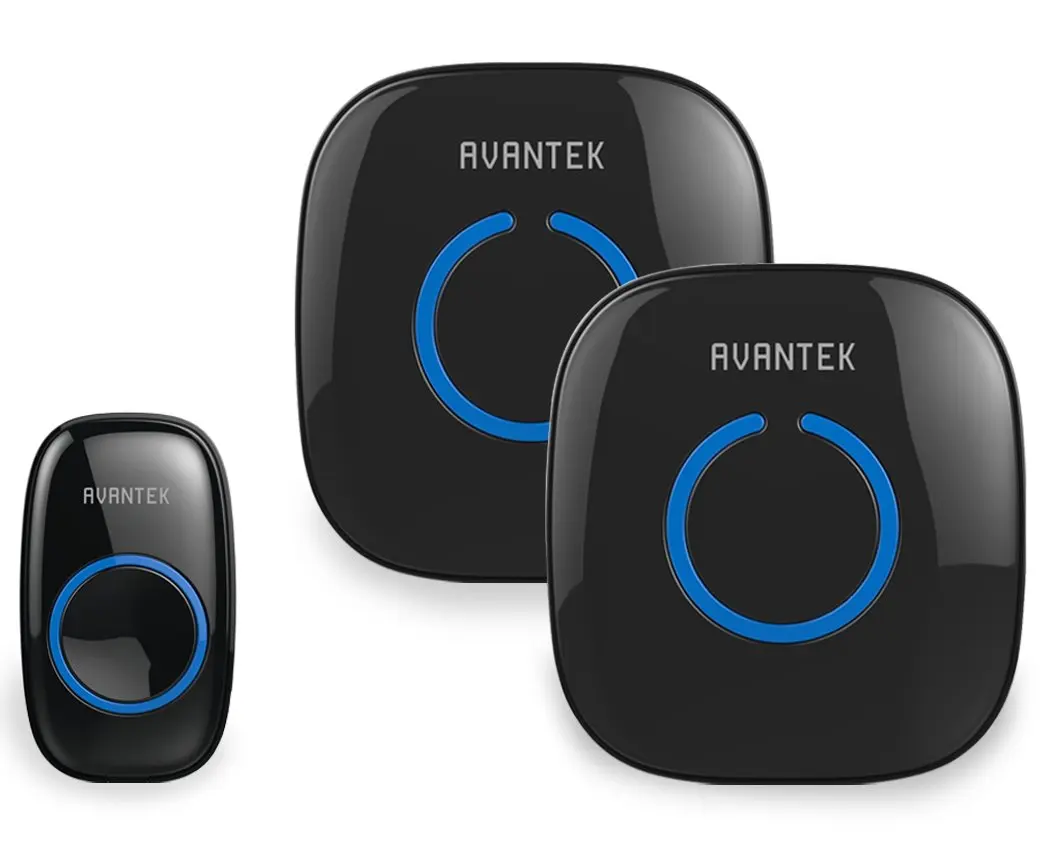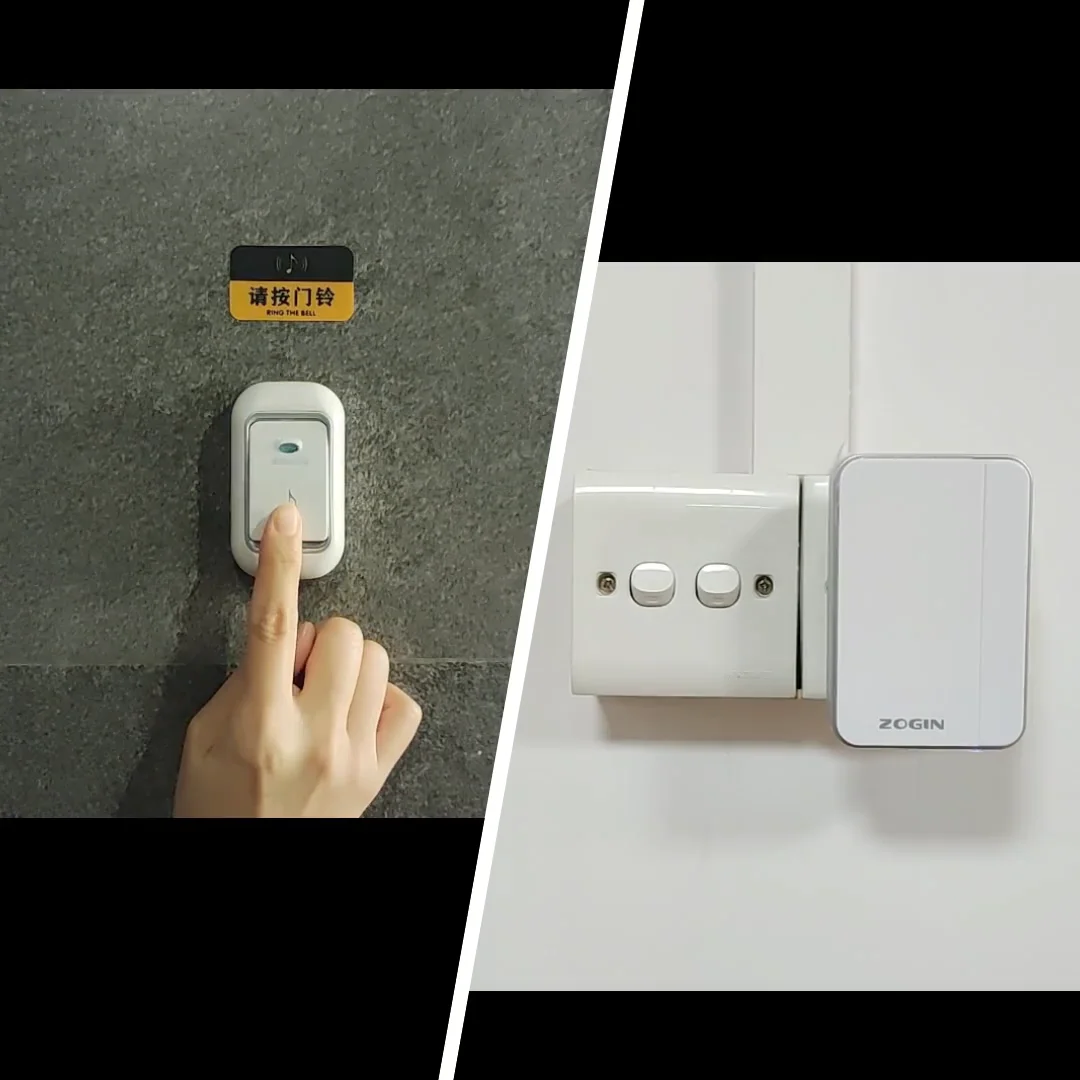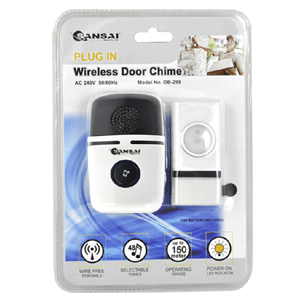

Rather than break this Instructable down into a step-by-step (because I didn't know I was going to do this so didn't really document my installation), I'll describe what I made, with pictures and diagrams so that you can use it as a reference rather than instruction manual.

#Ac powered door chime pro
Luckily there is a way of getting your Ring Video Doorbell Pro to chime a mechanical 'ding-dong' while both are being supplied with the power they want and need. The issue with this is that it can cause your doorbell to cut out during power heavy tasks such as at night with night-vision on, using Live View, 2-way voice comms, etc. This is neither ideal nor sensible and could create a fire hazard.Ĭonversely, some people have used the 16V option on the supplied transformer as this reduces (but doesn't eliminate), the buzzing/humming to more bearable levels. Nevertheless, some people have gone for it anyway, connected their mechanical chimes to the 24V transformer, and found their chimes get hot and emit a constant buzzing/humming noise and at the same time, found they have increased by a few decibels. Of course (subjectively), the digital chimes sound naff when compared to a good old-fashioned mechanical one. Instead, they supply a plug-in digital chime, and again this is supplied in the box (). Ring, fully aware of this issue, simply suggest you remove or 'bypass' your mechanical chime completely, removing it from your doorbell arrangement. Most require an 8V power supply coming from an appropriately rated transformer. Unfortunately for those of us in the UK, you'd be hard pressed to find a chime that would work on this rating. US doorbells can easily cope with this sort of power and can therefore be powered from the same transformer, as described in the official Ring wiring diagrams.

The Ring Video Doorbell Pro requires a constant power supply of 24V and this is supplied from a transformer which is included in the box. While this is a very straight-forward task in the US with their powerful rugged doorbells, over here in Blighty, our doorbells tend to work on a lower (and so much more respectable) voltage. I'm based in the UK and like many other people out there, I have searched and searched for a way to get a Ring Video Doorbell to chime a good old fashioned mechanical 'ding-dong'. You'll then be able to follow this page to get your mechanical chime working. In the meantime, if you have a DC power supply, you will need to replace it with the Plug-in Adapter V1, with provides the correct AC power.
#Ac powered door chime update
I will update if/when I find a solution for doorbells using DC power Please note that this method only works with AC power right now


 0 kommentar(er)
0 kommentar(er)
